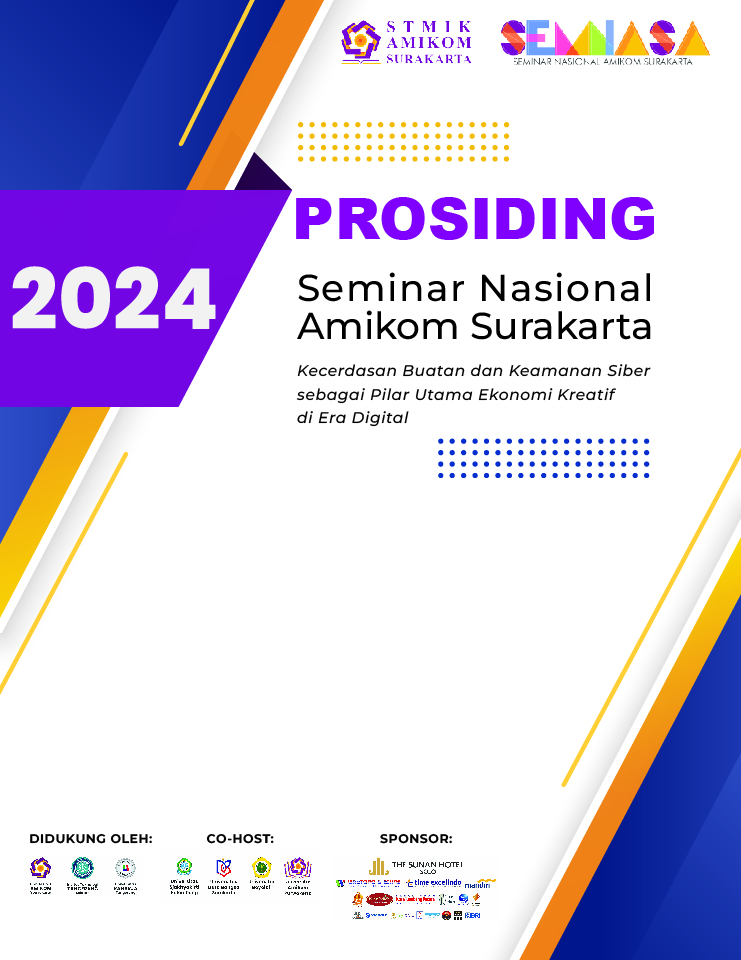Interactive Learning Game of Augmented Reality-Based Human Digestive System Using MDA Framework Method
Keywords:
Augmented Reality, Game Edukasi, Sistem Pencernaan, MDA FrameworkAbstract
This research aims to develop an interactive learning game about the human digestive system using Augmented Reality (AR) and the MDA (Mechanics, Dynamics, Aesthetics) framework. In the context of education, especially at the secondary school level, the integration of AR technology is expected to increase student engagement and understanding of complex material. This research identifies the challenges faced by teachers in delivering effective science education, especially due to limited resources. The methodology used follows the software development life cycle (SDLC), which includes requirements analysis, design, implementation, verification, and testing. The game was designed specifically for grade 8 and 9 students at MTs Al-Kautsar, to provide an interactive learning experience through 3D visualization and quizzes. Test results showed a high level of satisfaction among users and educators, as well as plans for ongoing maintenance and improvement based on feedback. This research confirms that the use of AR in education, particularly in biology teaching, can be a significant innovation to improve the teaching and learning process.
Downloads
Published
Issue
Section
License
Copyright (c) 2024 Prosiding Seminar Nasional Amikom Surakarta

This work is licensed under a Creative Commons Attribution 4.0 International License.




